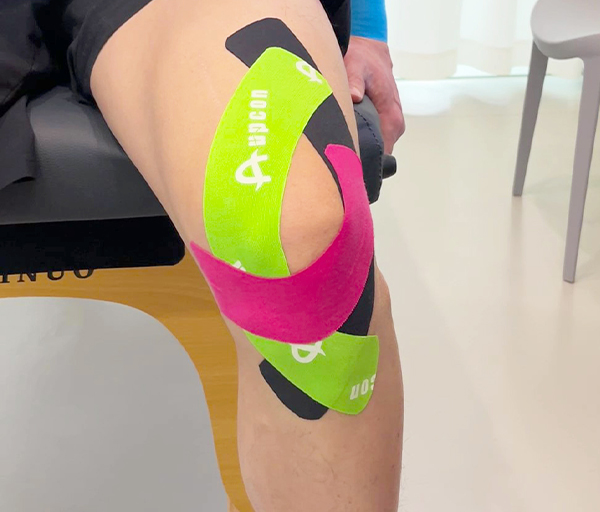Have you ever heard of a cohesive bandage wrap and wondered what it is and how it can benefit you? Cohesive bandage wraps are becoming increasingly popular among athletes, medical professionals, and the general public and they offer a wide array of advantages. In this blog article, we’ll discuss what exactly a cohesive bandage wrap is, its benefits, and how to use it properly. Read on to find out more!
What is a Cohesive Bandage?
A cohesive bandage is a type of medical tape that is used to hold together gauze or other types of dressings. It is also used to secure IV catheters and other medical devices. Cohesive bandage wraps are available in a variety of colors, sizes, and strengths. The most common type of cohesive bandage wrap is the 3M Steri-Strip Reinforced skin closure.
Cohesive bandages are made from a variety of materials, including cotton, rayon, nylon, and polyester. They are available in both sterile and non-sterile versions. Cohesive bandages are typically white or beige in color. They are available in a variety of widths, ranging from ½ inch to 2 inches wide. They are also available in a variety of lengths, ranging from 2 feet to 25 feet long.
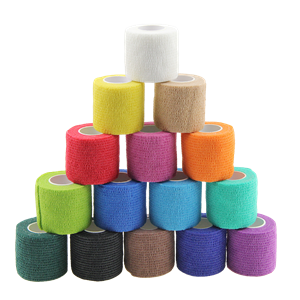
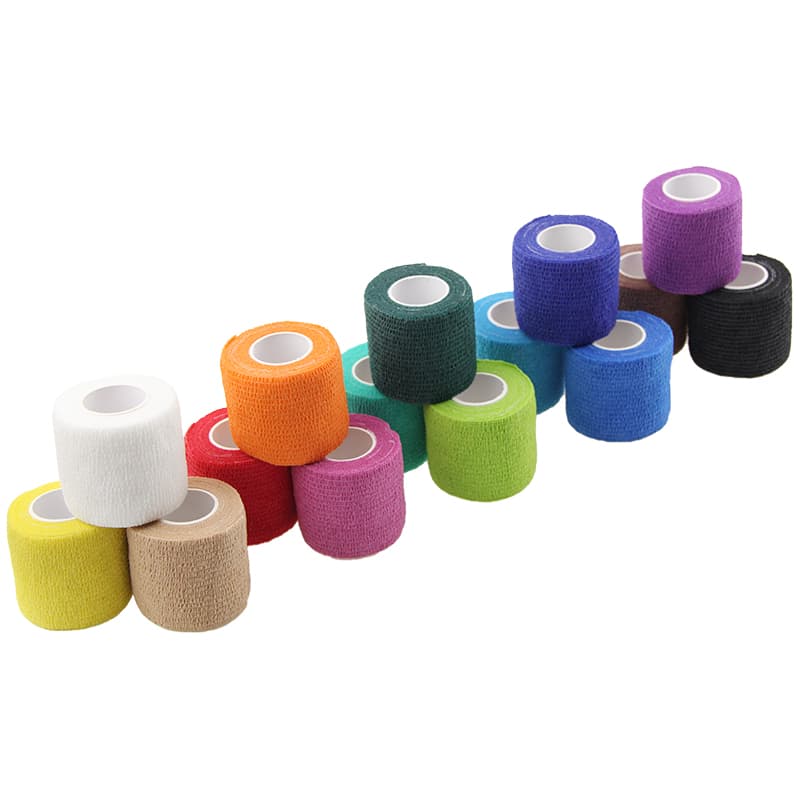
Benefits of Using a Cohesive Bandage Wrap
There are many benefits of using a cohesive bandage wrap, including:
- They’re easy to use. Cohesive bandage wraps are very easy to apply, even if you’re doing it yourself. Simply start at the center of the area you wish to wrap and wind the bandage around in a figure-eight pattern. Be sure not to make the wrap too tight, as this can cause discomfort or further injury.
- They provide support and compression. Cohesive bandages can help stabilize injured muscles and joints, and they can also help reduce swelling by providing gentle compression.
- They’re comfortable. Because they stick to themselves rather than your skin, cohesive bandages are generally more comfortable than traditional medical tapes. They also won’t pull at the skin or cause irritation like tapes can.
- They’re adjustable. Cohesive bandages are easily adjusted at any point to provide more or less compression as needed. This makes them ideal for situations where you need to adjust the amount of support over time, such as during recovery from an injury.
- They’re reusable. Unlike traditional medical tapes, cohesive bandages can be reused multiple times if they are properly cared for and stored. This makes them a great option for people who need long-term support or compression after an injury.
-
 Finger cohesive bandage$19.99 – $21.99Rated 5.00 out of 5 based on 1 customer rating
Finger cohesive bandage$19.99 – $21.99Rated 5.00 out of 5 based on 1 customer rating -
 Printed vet wrap$21.99Rated 5.00 out of 5 based on 4 customer ratings
Printed vet wrap$21.99Rated 5.00 out of 5 based on 4 customer ratings -
 Equine vet wrap$24.99
Equine vet wrap$24.99 -
 Cotton self adhesive bandage wrap$20.99Rated 4.50 out of 5 based on 2 customer ratings
Cotton self adhesive bandage wrap$20.99Rated 4.50 out of 5 based on 2 customer ratings -
 Camouflage Bandage$21.99Rated 4.75 out of 5 based on 2 customer ratings
Camouflage Bandage$21.99Rated 4.75 out of 5 based on 2 customer ratings -
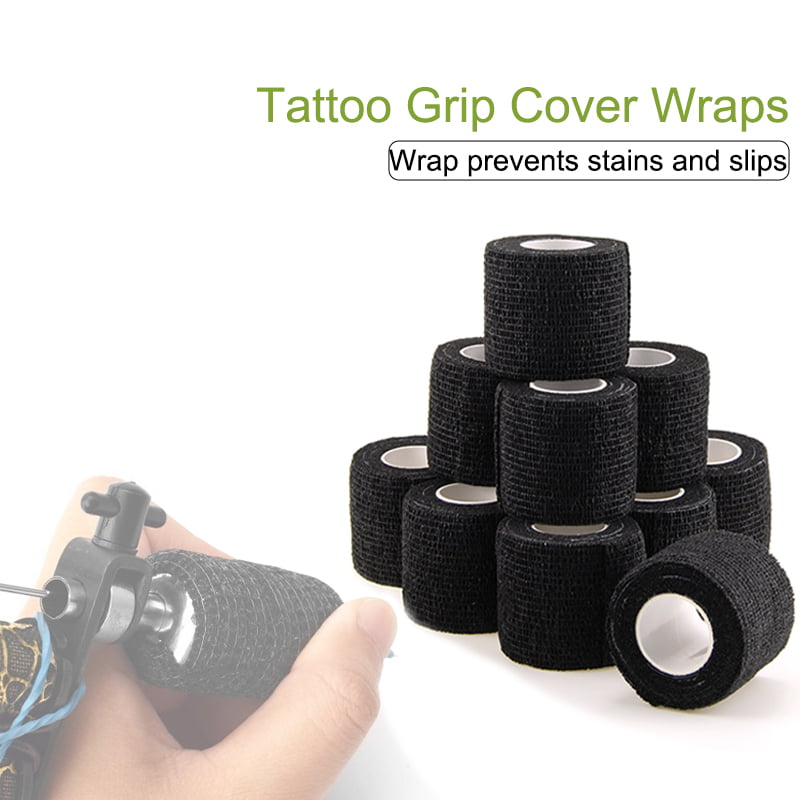 tattoo grip cover wraps$19.99Rated 5.00 out of 5 based on 1 customer rating
tattoo grip cover wraps$19.99Rated 5.00 out of 5 based on 1 customer rating -
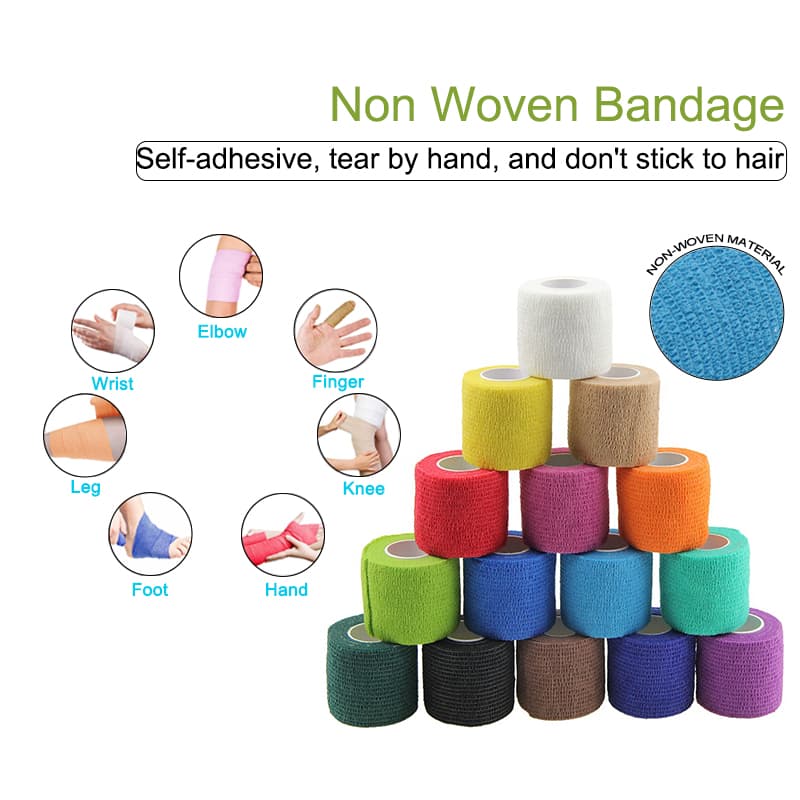 non woven cohesive bandage$19.99Rated 5.00 out of 5 based on 4 customer ratings
non woven cohesive bandage$19.99Rated 5.00 out of 5 based on 4 customer ratings
How to Apply a Cohesive Bandage Wrap?
A cohesive bandage wrap is a type of medical tape that is used to hold dressings or other bandages in place. It is also known as self-adhesive or medical adhesive tape. This type of tape is made from a variety of materials, including cotton, nylon, and polyester.
To apply a cohesive bandage, first make sure that the area you are wrapping is clean and dry. Then, cut the wrap to the desired length and width. Next, peel off the backing from the wrap and apply it to the skin. Be sure to smooth out any wrinkles or bubbles as you go. Finally, secure the ends of the wrap by overlapping them or using another piece of tape.
Different Types of Cohesive Bandage Wraps
There are many different types of cohesive bandage wraps on the market. Each type has its own set of benefits that make it ideal for different situations. Here is a look at some of the most popular types of cohesive bandage wraps:
- Stretchy Cohesive Bandage Wrap: This type of wrap is very stretchy and provides excellent support. It is commonly used to support injured muscles and joints.
- Rigid Cohesive Bandage Wrap: This type of wrap is much more rigid than the stretchy type. It is often used to support broken bones or to stabilize a joint after surgery.
- Compression Cohesive Bandage Wrap: This type of wrap applies gentle compression to an injury site. This can help reduce swelling and pain.
- Heat-Activated Cohesive Bandage Wrap: This type of wrap is activated by body heat. It helps increase blood flow to the injury site, which can speed up healing time.
Special Considerations for Applying a Cohesive Bandage Wrap
When applying a cohesive bandage wrap, there are a few special considerations to keep in mind. First, be sure to smooth out any wrinkles in the bandage before wrapping it around the limb. Wrinkles can cause the bandage to bunch up and become uncomfortable.
Next, avoid wrapping the bandage too tightly. The wraps should be snug but not too tight, as this can constrict blood flow and cause discomfort. Finally, make sure the end of the bandage is secured so it doesn’t come undone.
With these considerations in mind, cohesive bandage wraps can be a great way to provide support and comfort for injured limbs.

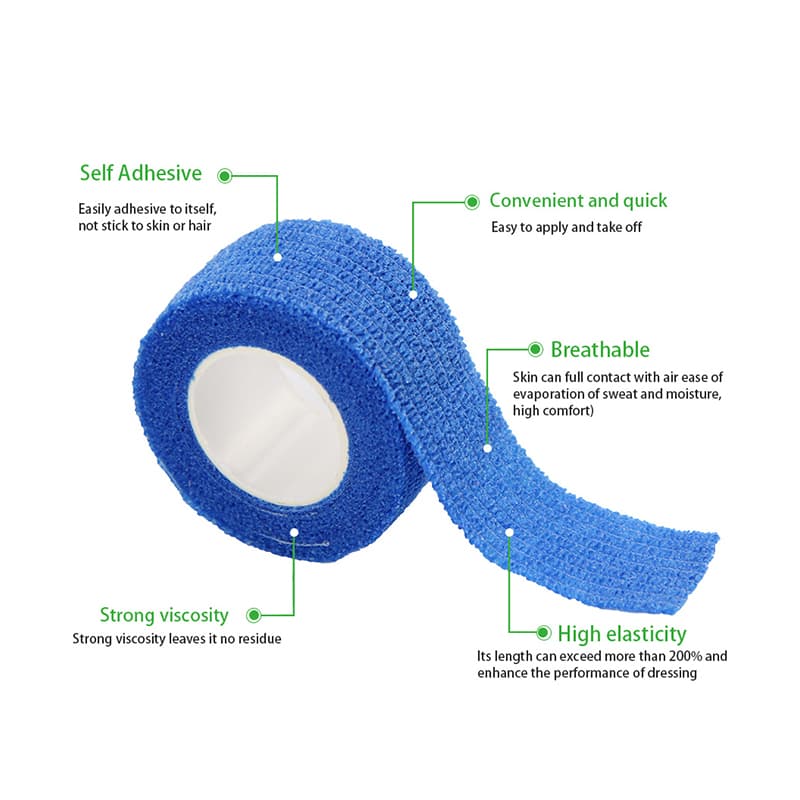
Conclusion
Cohesive bandage wraps are an incredibly versatile and beneficial tool for athletes, medical personnel, and others. They provide superior compression over traditional bandaging methods, as well as being easier to apply and more comfortable to wear. Additionally, cohesive bandages can be reused multiple times in the same session or even across multiple sessions if stored properly; this makes them a cost-effective choice for those looking for reliable support while engaging in physical activity or receiving medical treatment. Ultimately, cohesive bandage wraps offer users many advantages that make them a preferred choice of wrap compared to other methods.


